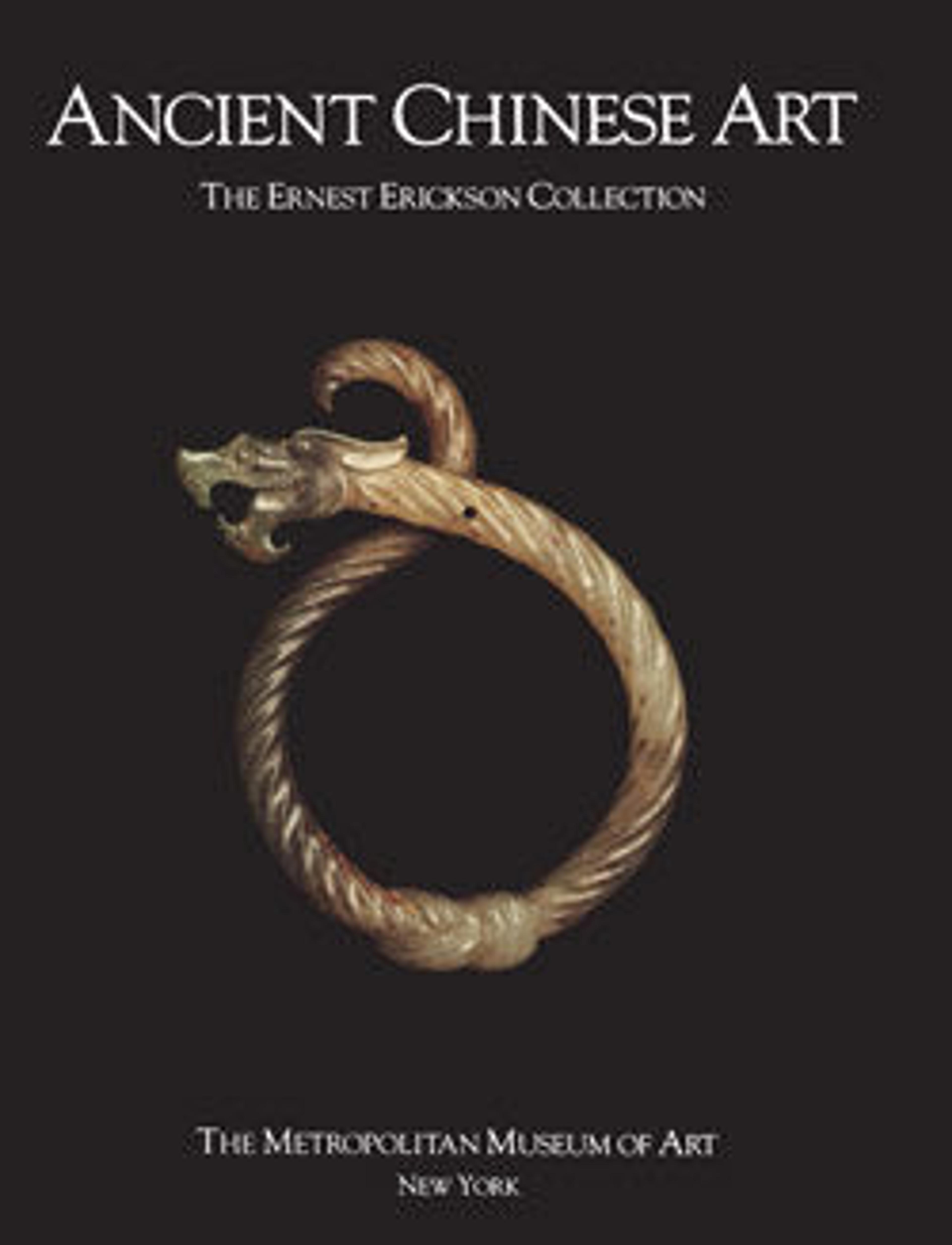Landscape in the style of Huang Gongwang
This large hanging scroll shows Mo Shilong struggling to achieve a strong sense of three-dimensional form. Piling up hummock and plateau motifs of the Yuan master Huang Gongwang (1269–1354) into a few interlocking units, Mo built a mountain ridge line that stands solidly within the picture frame.
Mo Shilong's career was cut short by his early death, and it was his brilliant friend Dong Qichang (1555–1636) whose paintings and critical writings ultimately defined a new orthodox canon in scholar-amateur painting. This scroll supports Mo's significant contribution to Dong's revolutionary new style. An inscription by the contemporary connoisseur Chen Jiru makes clear how deeply Mo's vision impressed his contemporaries:
Mo Shilong's calligraphy and painting brought about a revival of those arts in our district. Even Dong Qichang was one of those who followed him.
Mo Shilong's career was cut short by his early death, and it was his brilliant friend Dong Qichang (1555–1636) whose paintings and critical writings ultimately defined a new orthodox canon in scholar-amateur painting. This scroll supports Mo's significant contribution to Dong's revolutionary new style. An inscription by the contemporary connoisseur Chen Jiru makes clear how deeply Mo's vision impressed his contemporaries:
Mo Shilong's calligraphy and painting brought about a revival of those arts in our district. Even Dong Qichang was one of those who followed him.
Artwork Details
- 明 莫是龍 倣黃公望山水圖 軸
- Title: Landscape in the style of Huang Gongwang
- Artist: Mo Shilong (Chinese, 1537–1587)
- Period: Ming dynasty (1368–1644)
- Date: 1581
- Culture: China
- Medium: Hanging scroll; ink and color on paper
- Dimensions: Image: 46 7/8 x 16 1/8 in. (119.1 x 41 cm)
Overall with mounting: 90 x 23 1/4 in. (228.6 x 59.1 cm)
Overall with knobs: 90 x 26 3/4 in. (228.6 x 67.9 cm) - Classification: Paintings
- Credit Line: Gift of Ernest Erickson Foundation, 1985
- Object Number: 1985.214.148
- Curatorial Department: Asian Art
More Artwork
Research Resources
The Met provides unparalleled resources for research and welcomes an international community of students and scholars. The Met's Open Access API is where creators and researchers can connect to the The Met collection. Open Access data and public domain images are available for unrestricted commercial and noncommercial use without permission or fee.
To request images under copyright and other restrictions, please use this Image Request form.
Feedback
We continue to research and examine historical and cultural context for objects in The Met collection. If you have comments or questions about this object record, please complete and submit this form. The Museum looks forward to receiving your comments.
